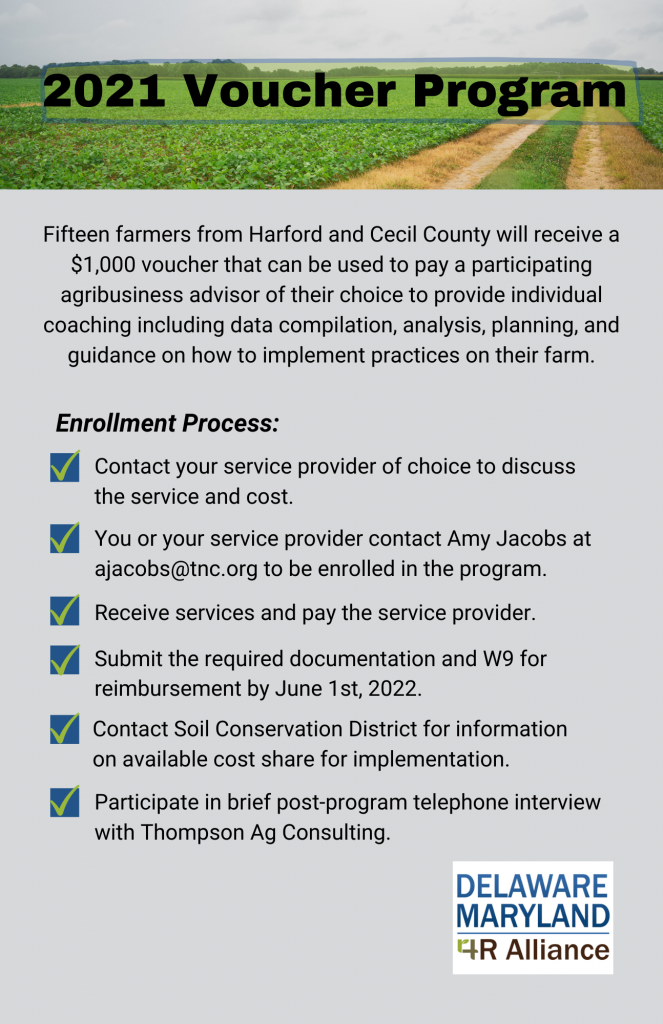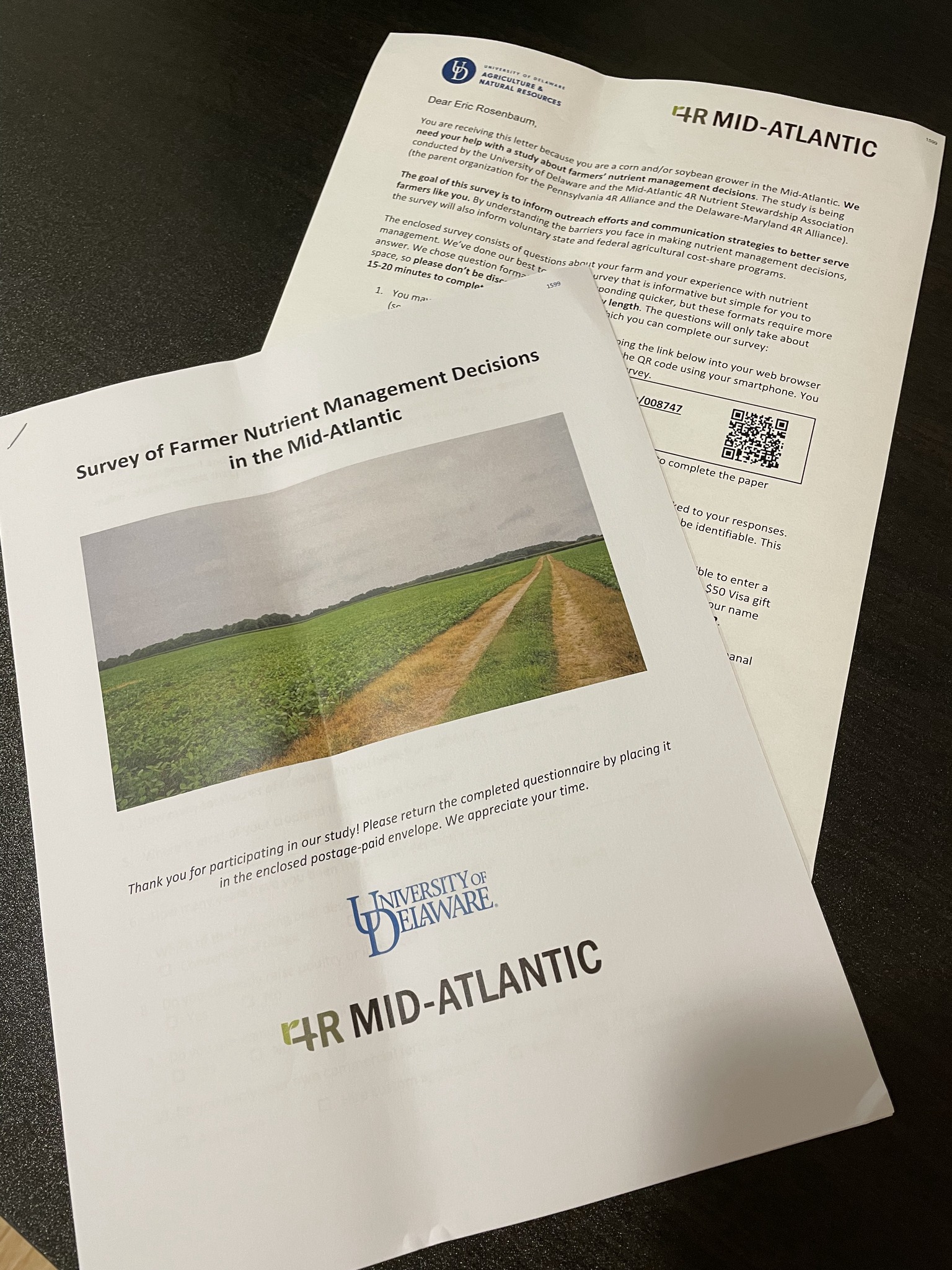First Year of Split-Nitrogen Project Shows Positive Results in Mid-Atlantic
Credit: Delmarva Farmer | Original press release here.
Preliminary results of a split-nitrogen cost-share project show positive signs for agronomics and water quality, a project organizer said during the annual meeting of the Mid-Atlantic 4R Nutrient Stewardship Association.
In the first year of the three-year project, funded through a grant from the National Fish and Wildlife Foundation Chesapeake Bay Stewardship Fund, farmers in Maryland, Delaware, and Pennsylvania could access cost-share of $15 per acre by adding an additional split in their overall nitrogen application on their 2021 corn crop.
“We’re not talking about increasing nitrogen rates. We’re talking about using the same nitrogen rate and just dividing it over multiple applications,” said Eric Rosenbaum, a crop consultant and executive director of Pennsylvania 4R Alliance, who gave an update on the project.
Participants agreed to provide a comparison check strip where all the crop’s nitrogen is applied at or before planting and share production and yield data. In the three states, 16 farms participated last year enrolling 3,595 acres in the program.
Nitrogen applications could come from manure or commercial fertilizer and timing of the splits could be made at different stages in the season. Application methods included early, traditional, and late-season sidedress, fertigation, strip-till pre-plant, at planting, and pre-emergence. “We’re not limiting participants to this list. If people come to use with a different type of application we’re open to it we just need to make sure it meets the certain criteria of the project” said Rosenbaum.
Rosenbaum separated the participated farms into two groups: Maryland and Pennsylvania.
Five Maryland farms participated and had an average yield increase of 19.2 bushels per acre where they applied nitrogen in splits versus all of it up front. “That’s a pretty astounding number,” Rosenbaum said. Nitrogen use efficiency on average increased five percent on the Maryland farms.
On the 11 participating Pennsylvania farms, farmers saw an average yield increase of 17.6 bushels per acre and 12 percent better nitrogen use efficiency.
Highlighting one Pennsylvania farm, Rosenbaum said the farm saw a 16 percent increase in nitrogen use efficiency with split application, and its yield increase translated into an 18 percent increase in revenue.
Rosenbaum also said it is important to look at what effect splitting nitrogen had on phosphorus in the fields. The Pennsylvania farms saw an increased phosphorus removal rate of an average of 8.8 pounds per acre. Split applications across the whole program in the first year led to 28,200 pounds of phosphorus removal, Rosenbaum said. “There is a ripple effect as to how one practice can have a benefit in something else, he said.
He said while farmers may be attracted to split nitrogen applications for their agronomic benefit, the improvements in water quality should also be promoted. “We should be shouting this from the rooftops,” he said. “We want to be advocating for more agronomic BMPs on the landscape because these are the benefits of them. We’re going to see better use efficiency from our nitrogen and phosphorus and less loss in the environment.”
As the program enters its second year, Rosenbaum said success with split applying nitrogen can depend on several variables including the soil’s nitrogen retention capability, weather, accuracy in calculating the rate according to a farm’s realistic yield goal, and applying the product in the field, using adaptive management tools in-season and following the 4R’s of nutrient management.
Identifying and addressing “active loss pathways” in the fields where nutrients can escape through volatilization, leaching, immobilization, surface runoff, or other route is also helpful in being more efficient with fertilizer, Rosenbaum added. “We want to make sure whatever loss pathway is most active in that field that we’re addressing it,” he said.
Farmers interested in participating in the cost share program in 2022 should contact Jenell Eck McHenry at jenell.mdg@gmail.com or 443-262-6969 for Maryland and Delaware and Rosenbaum at ericrosenbaum@rosetreeconsulting.com or 484-788-7263 for Pennsylvania.

